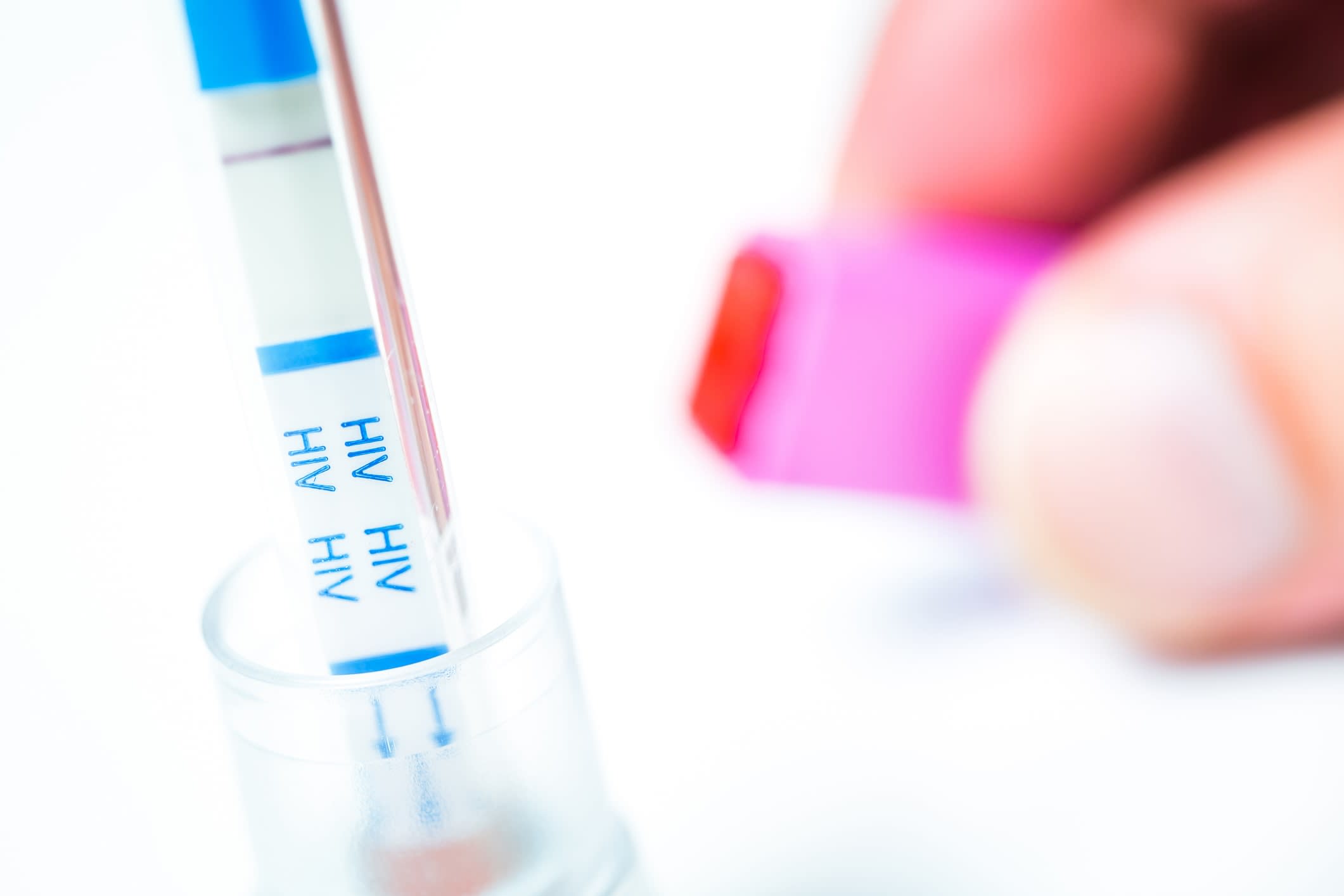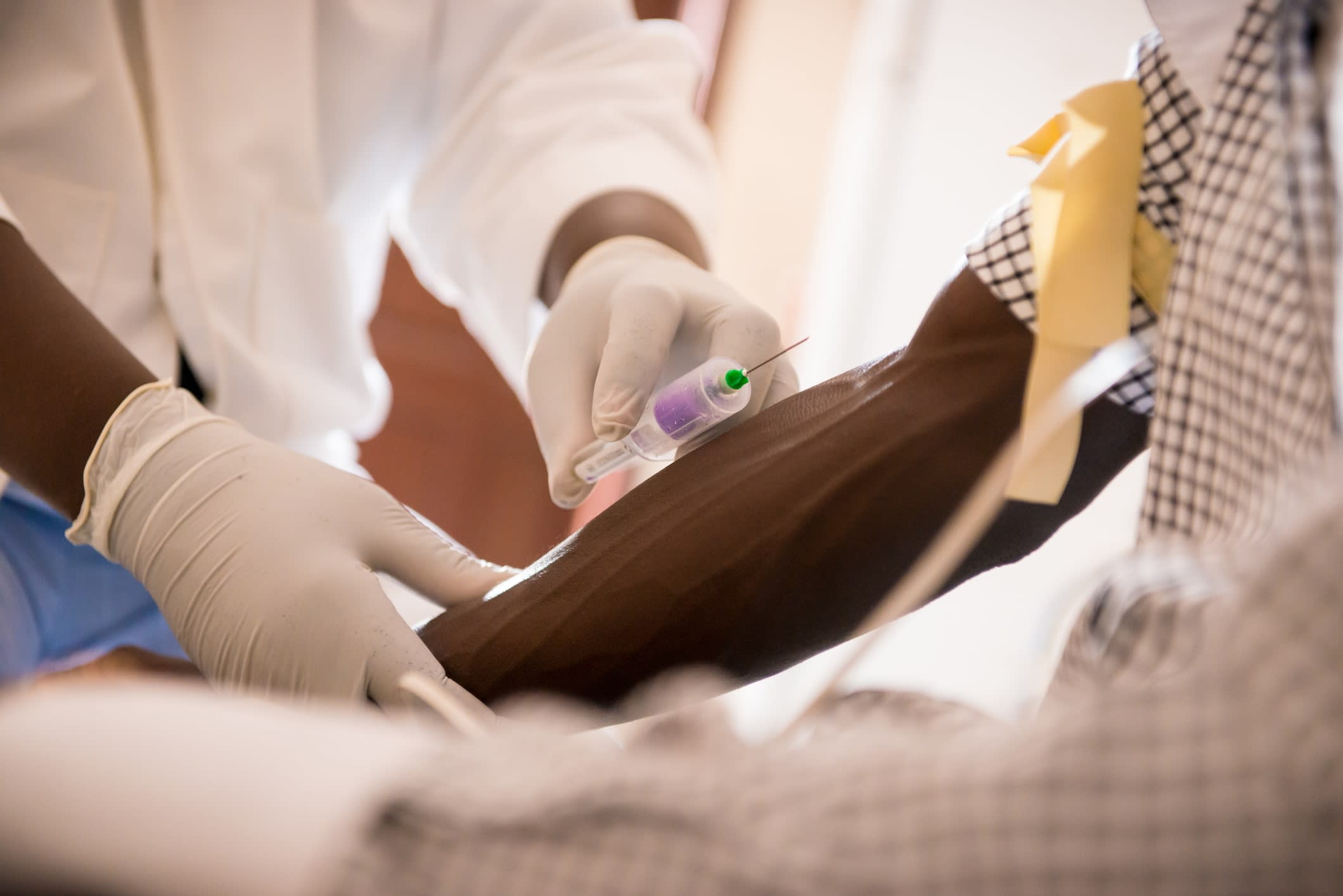Australia can eliminate HIV by 2030 – but only if equity is at the centre
In 2025, Australia stands on the verge of a public health victory that once seemed impossible – the elimination of HIV transmission.
Thanks to decades of investment in science, policy and community advocacy, our HIV toolkit has never been more effective.
However, as the director of Australia's largest public sexual health clinic, I’m deeply worried that we’re at risk of wasting this historic opportunity, not because we lack the tools, but because we’re failing to prioritise equity.
The aim of ending HIV transmission by 2030 is daring, essential, and entirely feasible.
However, reaching this goal will require more than just celebrating progress among gay men in inner-city suburbs. It demands that we address longstanding gaps in access, rethink how services are provided, and undertake the difficult task of reaching those who are consistently left behind.
Science has delivered – systems haven’t
Australia has long been a global leader in its HIV response. The rollout of needle and syringe programs in the late 1980s, the rapid initiation of antiretroviral therapy (ART) of people living with HIV, and the 2018 inclusion of pre-exposure prophylaxis (PrEP) on the Pharmaceutical Benefits Scheme (PBS) have all played vital roles in driving down new infections.
Treatment as prevention (Undetectable equals Untransmittable, U=U), PrEP, and HIV self-testing aren’t theoretical options – they’re real, accessible technologies in many places.

Progression is not equal
While urban, Medicare-eligible, gay, bisexual, and other men who have sex with men have experienced the steepest declines in new infections, other groups aren’t seeing the same progress.
In fact, the proportion of HIV notifications linked to heterosexual sex and infections acquired overseas is rising. Migrant communities, Aboriginal and Torres Strait Islander peoples, individuals living in regional and remote areas, trans and gender-diverse communities, people who inject drugs, and those without Medicare access face multiple layers of structural exclusion.
As a clinician, I often encounter people for whom HIV testing is not a routine process, but a frightening and stigmatised ordeal.
These include individuals who avoid care because they’re uninsured or fear being “kicked out of the country”. Others are refused PrEP because their GP has never heard of it.
There are also those who speak little English and are navigating a complex and bewildering health system on their own.
Prevention for all, not just the privileged
Ending HIV transmission involves providing prevention and care to those who need it most. It means funding bilingual community health workers, not just glossy campaigns.
It also means a sex worker in a regional town or an international student from the Philippines should be able to access PrEP without having to beg for special consideration.
We urgently require a national response for:
-
culturally-safe sexual health services integrated into migrant, Indigenous, and peer-led organisations
-
mobile, virtual and telehealth options available to access HIV prevention, especially for people outside capital cities
-
free and accessible HIV self-tests in pharmacies, vending machines, and through the post.
We also need access to long-acting injectable PrEP. These provide a vital alternative for people who find it difficult to take pills – but currently, they’re not available in Australia.

Stigma: The final barrier
Despite medical breakthroughs, HIV stigma remains stubbornly alive – in the media, healthcare, and law.
Australia continues to criminalise HIV transmission under general criminal laws, despite overwhelming evidence that these prosecutions are unnecessary, harmful, and contrary to public health goals.
People living with HIV can still face charges even when transmission did not occur or when protective measures like condoms or treatment were used.
These laws reflect outdated understandings of HIV, fuel stigma, and deter people from getting tested or seeking care.
Current migration laws still make it hard for people living with HIV to get permanent residency, often requiring them to face difficult health assessments and navigate unclear, discretionary procedures that can lead to visa refusals based on supposed future healthcare costs.
Discrimination also continues in healthcare, employment and service contexts, with myths about HIV transmission often reinforced by poor public health messaging and sensationalist media coverage.
Ending HIV-related criminalisation and adopting rights-based, science-informed policies is vital to reaching elimination targets and maintaining the dignity of those affected.
To eliminate stigma, we need to go beyond awareness campaigns. We must reform discriminatory laws, hold institutions accountable for biased practices, and invest in peer-led initiatives that focus on lived experience.
When people living with HIV are empowered – not pathologised – they become our most effective advocates.

It’s time to rebuild trust
Public health must proactively earn trust, not simply demand compliance. For too long, we’ve expected marginalised communities to adapt to systems that were never designed for them. Ending HIV transmission in Australia will require us to do the opposite – to redesign systems around those most excluded.
This includes ensuring community ownership of HIV programs, supporting bilingual peer navigators, and investing in accessible sexual health services.
If we want people to show up for us, we have to show up for them – without judgement, without bureaucracy, without delay.
A moment of truth
Eliminating HIV transmission in Australia by 2030 is more than a scientific achievement. It tests our core values as a nation. Do we see healthcare as a right or a privilege? Are we prepared to fund prevention for those who do not vote, do not speak English, or lack permanent residency?
The tools are here. The goal is within reach. But progress will halt without political will, sustained investment, and a steadfast focus on equity.
This is not about whether we can eliminate HIV transmission. It’s about whether we care enough to eliminate it for everyone.






